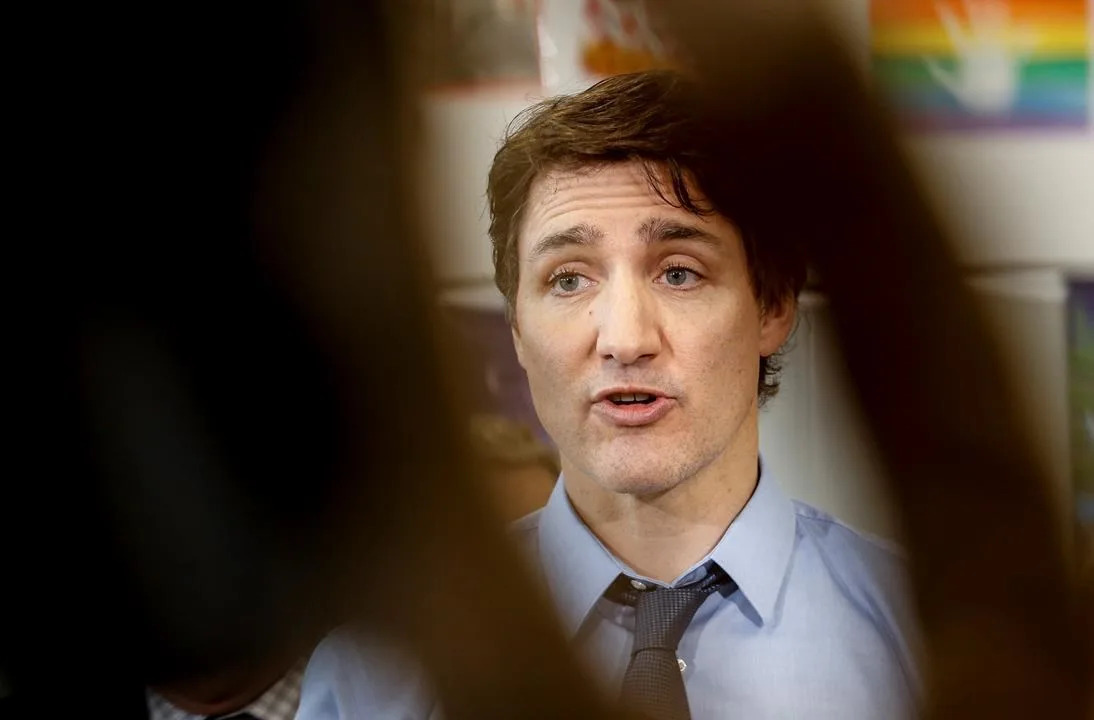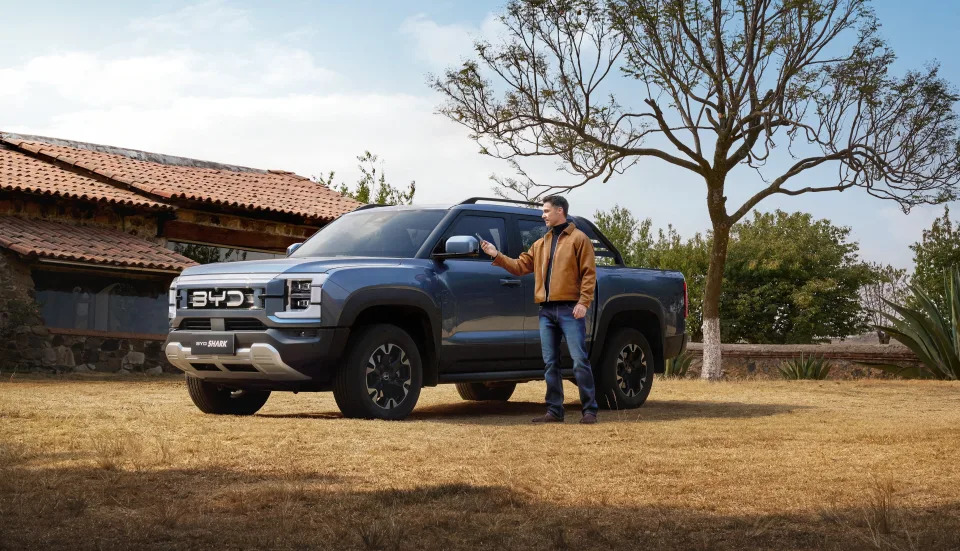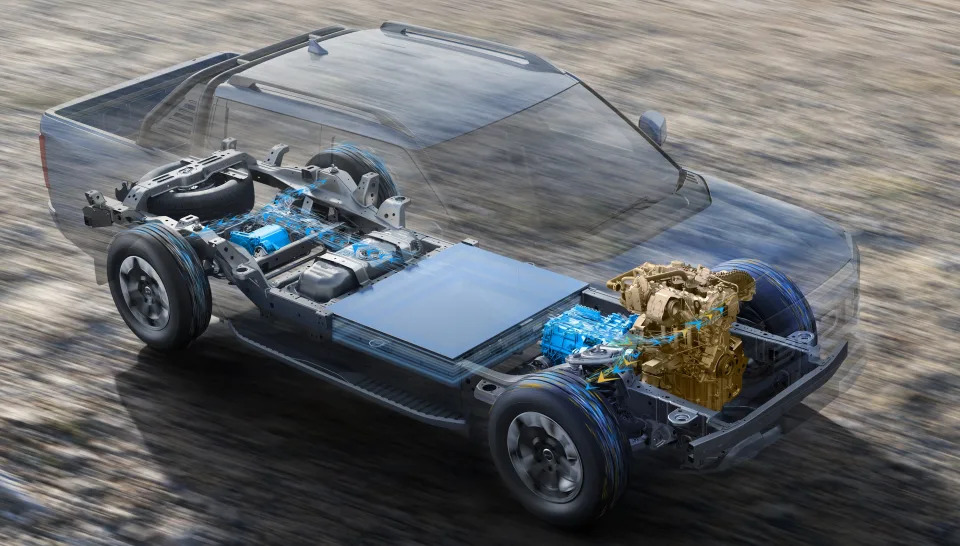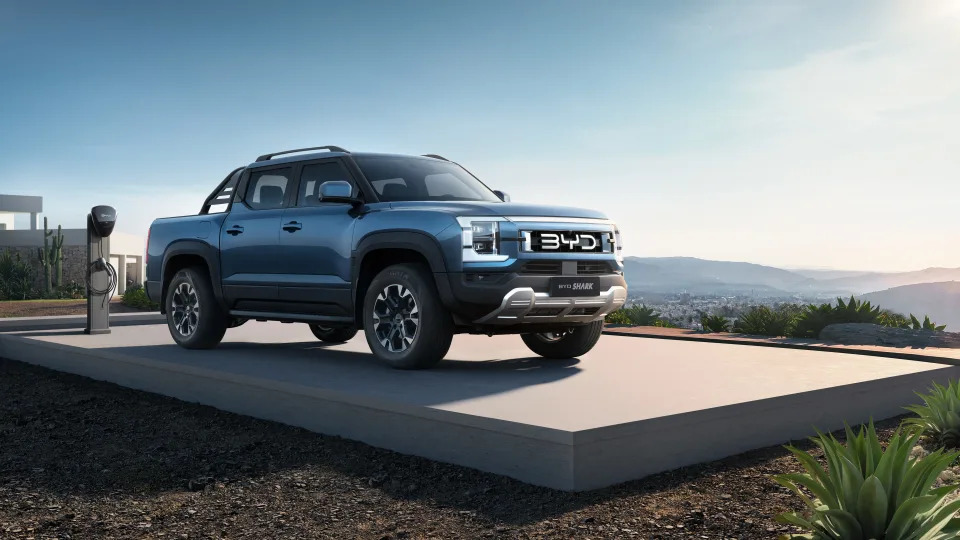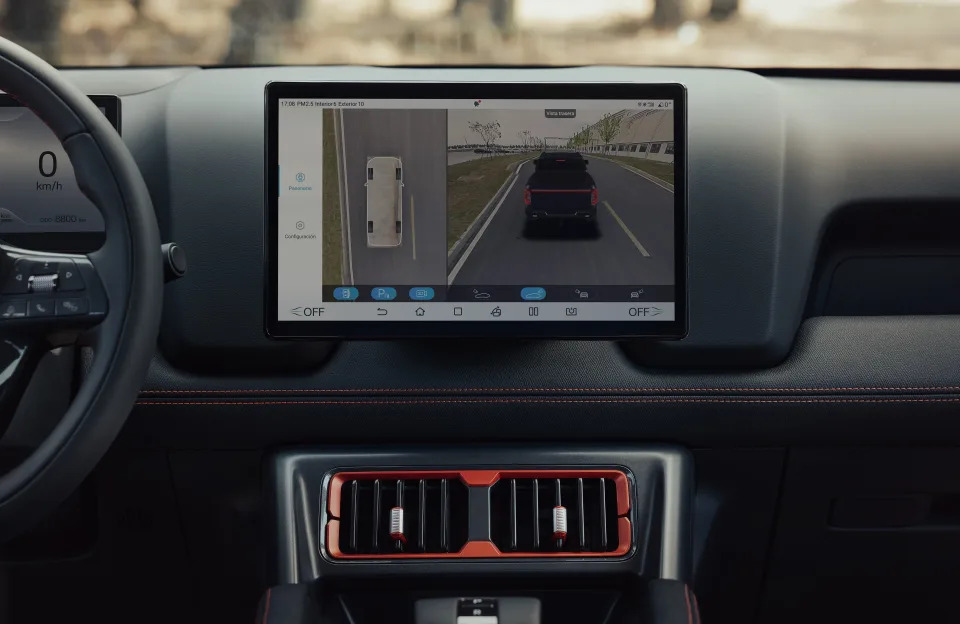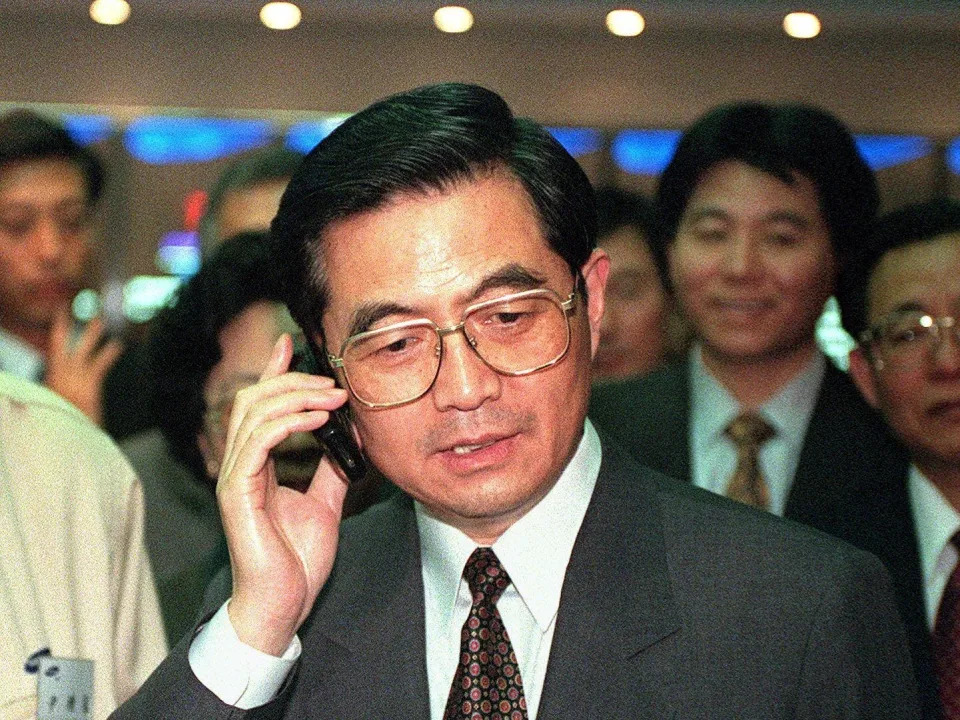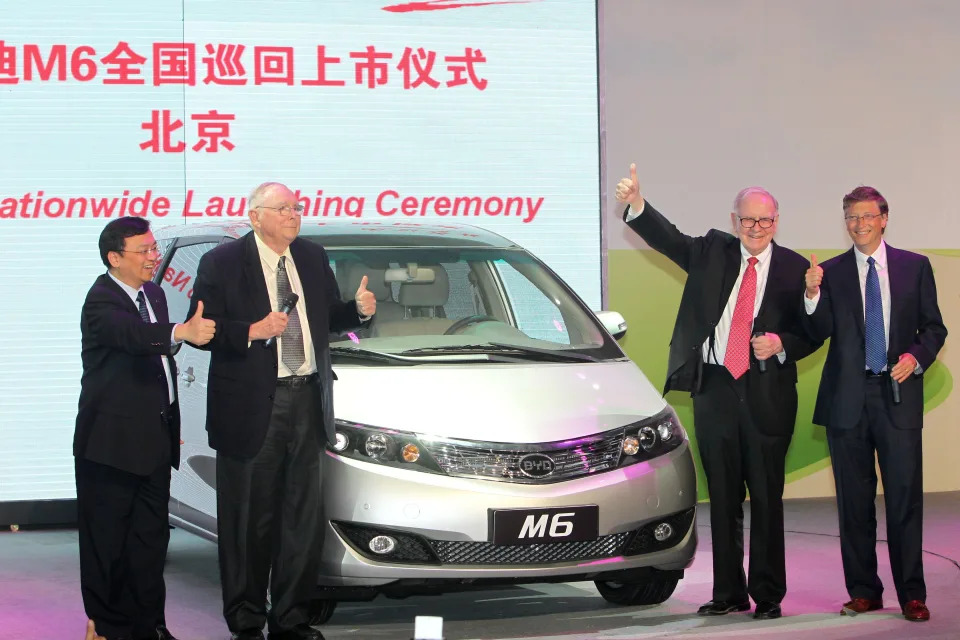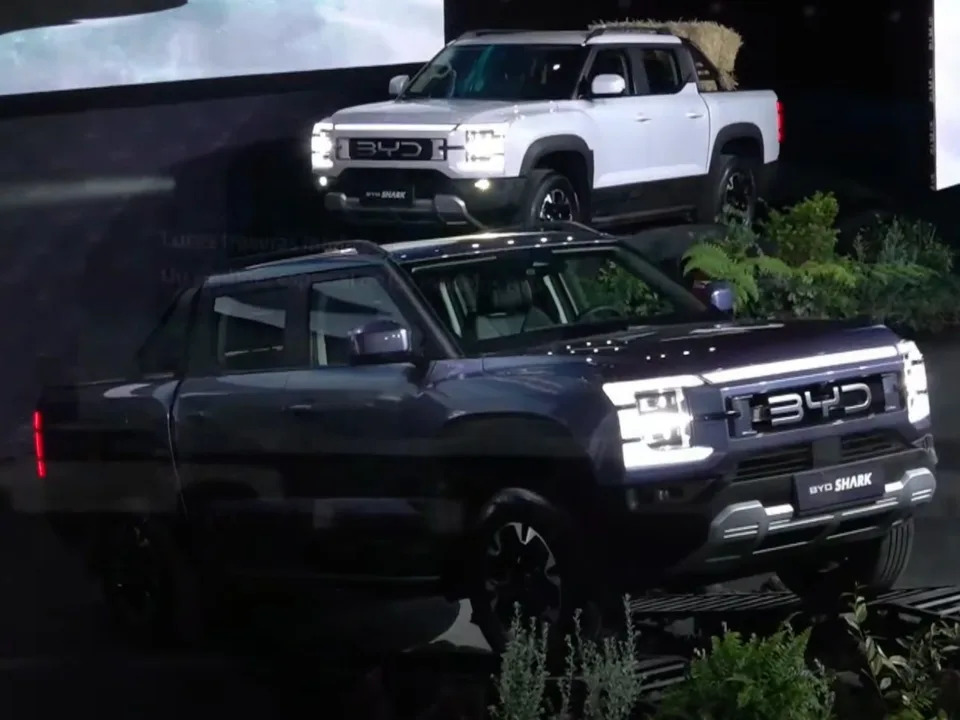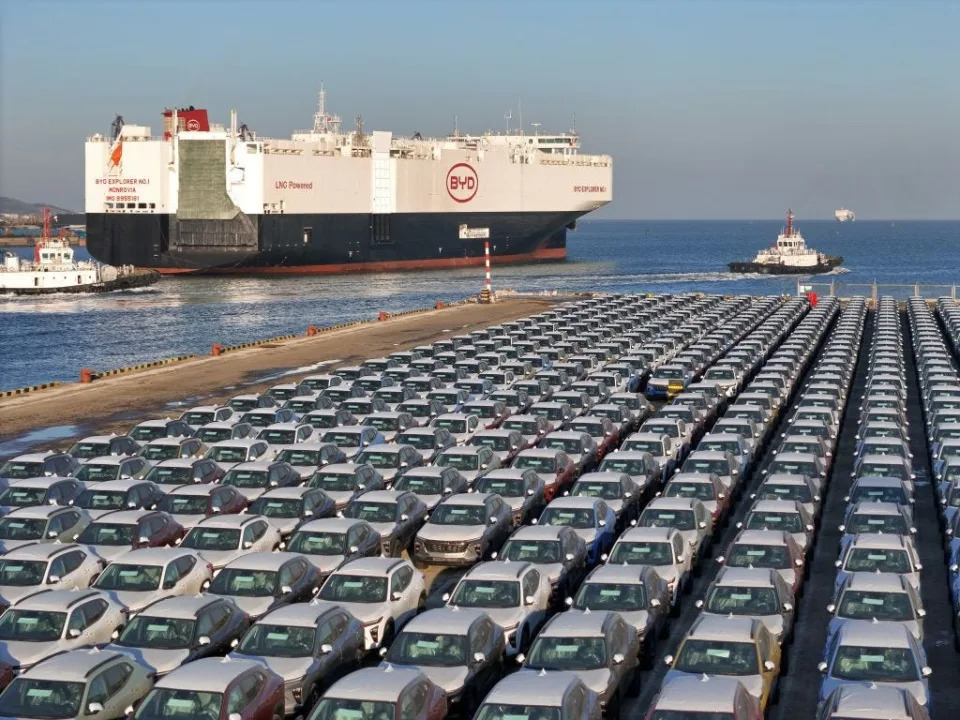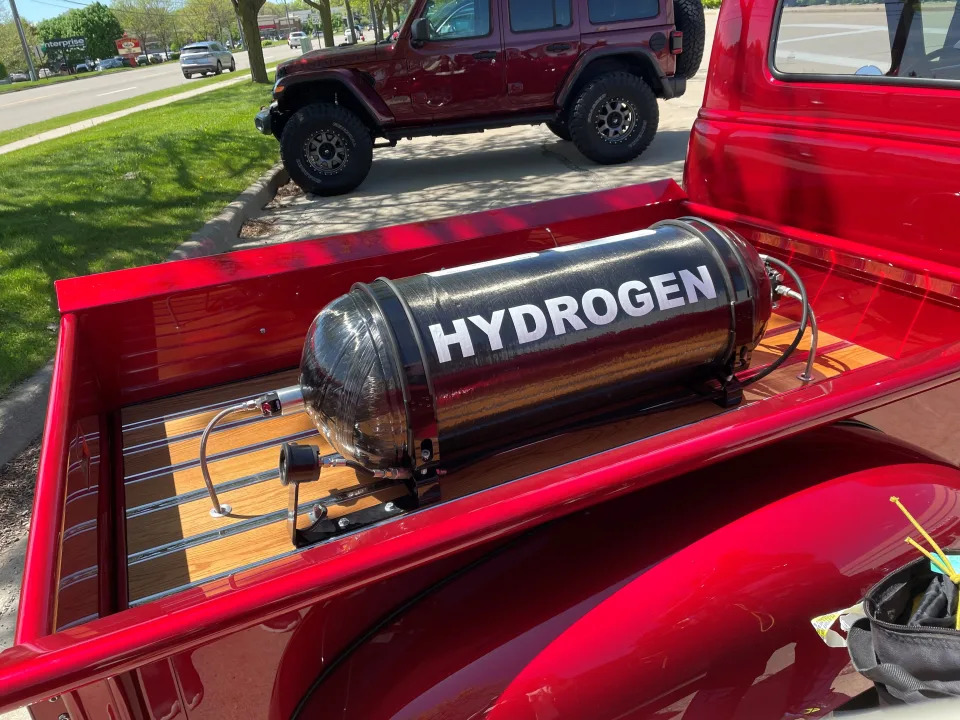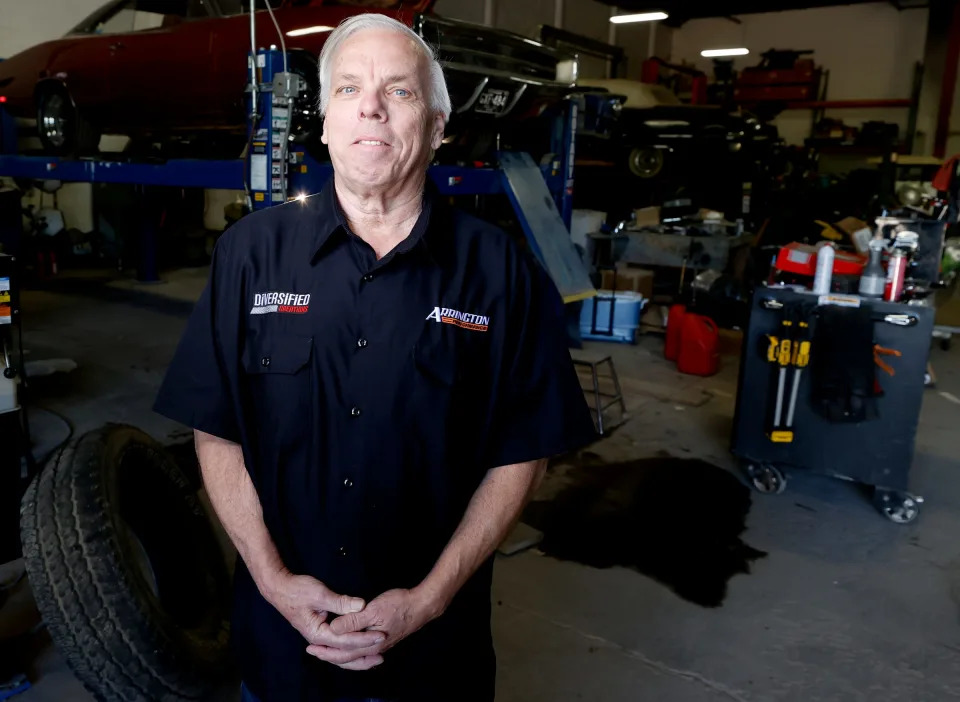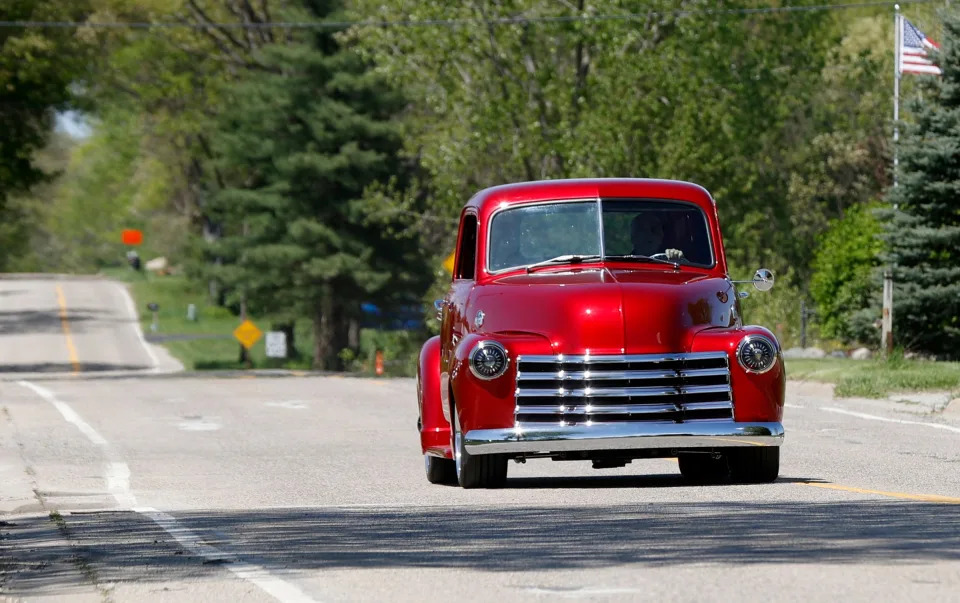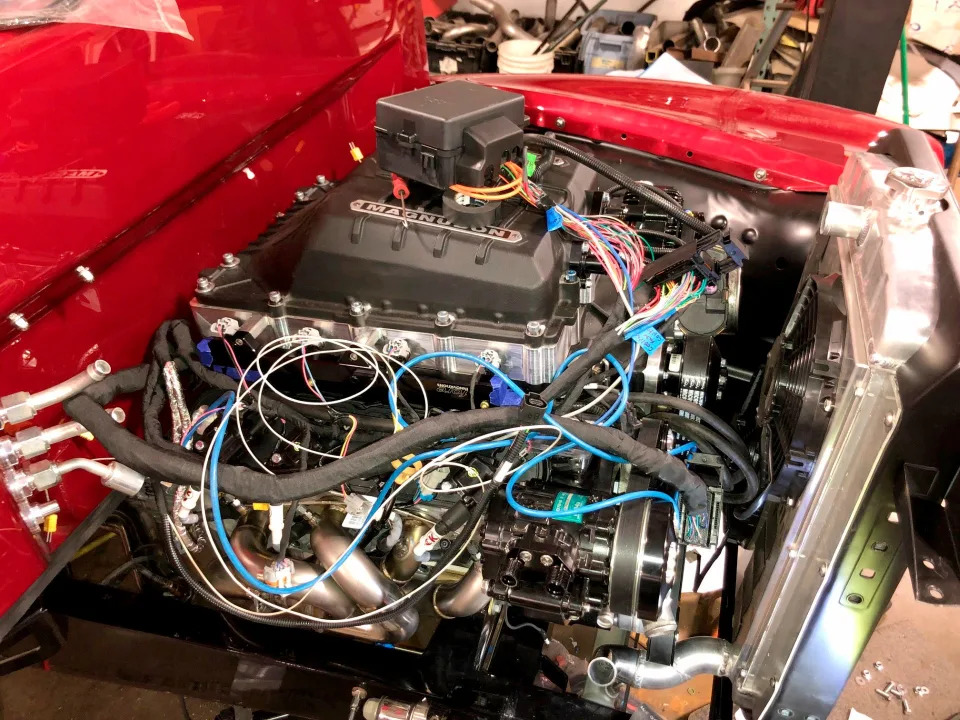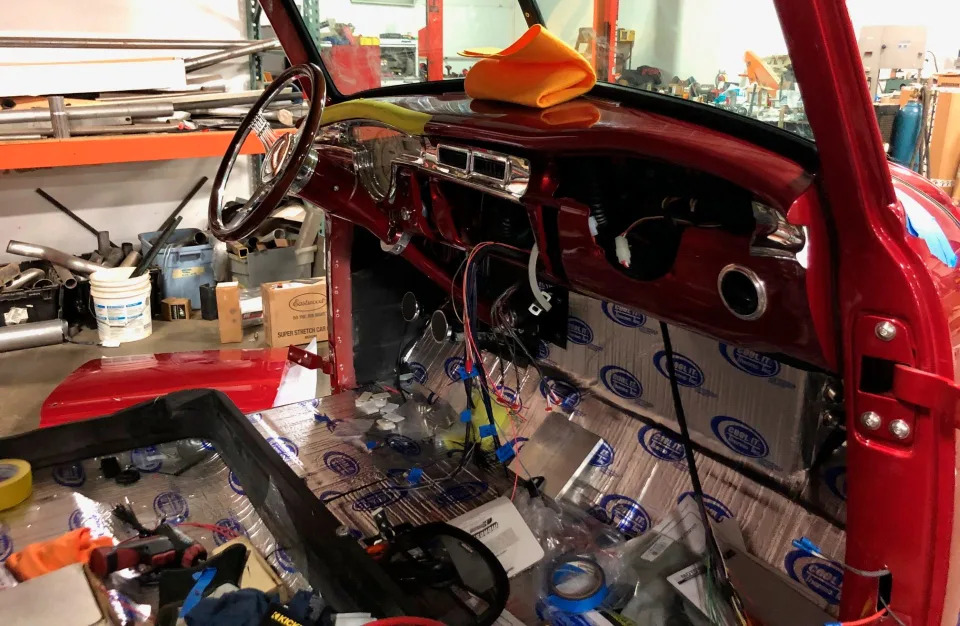Canada’s working population has increased dramatically in the first four months of 2024, obliterating the unprecedented numbers recorded in 2023 and threatening to raise pressure on a housing market already strained by rapid population growth.
Statistics Canada labour force data show the country’s working-age population grew by 411,400 people in the first four months of 2024, a 47 per cent increase over the same period in 2023 and nearly quadruple the average for those four months from 2007 to 2022.
Canada’s population boom in 2023 amplified concern about the country’s housing crisis, prompting the federal government to introduce plans to significantly reduce new arrivals. Economists at the National Bank, who pointed to the population increase in a note on Wednesday, say the 2024 trend is likely to make things worse before they get better.
“With that kind of population growth, perhaps we're going to see some resilience in home prices in the country,” said Matthieu Arseneau, the bank’s deputy chief economist. “And we expect the vacancy rate — already at the record low in Canada at the end of 2023 — to decrease further, perhaps to be lower than or close to the one per cent level.”
Arseneau says he and other economists found the population data even more surprising than the unexpectedly strong job numbers in labour market data last week. The bank’s best guess, he says, is that Ottawa’s various plans to reduce population growth have prompted many people to come to Canada before they take effect.
“We suspect that by announcing some measures down the road perhaps you have a boom in demand in the short term because of that,” Arseneau said.
Huge growth in major cities
The labour force data are striking. The monthly increase in national working-age population in January was the highest on record at 125,500, while April reached 111,800, the second highest. To put those numbers in perspective, the average growth for the first four months of the year from 2007 to 2022 was just over 110,000.
In Montreal, Toronto and Vancouver, the growth is even higher. Toronto’s population increase from January to April was 67 per cent higher in 2024 than in 2023. In Vancouver and Montreal, population growth this year was more than double last year’s.
“Those are huge increases,” said Arseneau. “We know that those cities are the main entrance for immigration. So that explains why it's higher than the national average.”
The 3.2 per cent increase in Canada’s population in 2023 marked the fastest pace of growth since 1957. It has been a flashpoint of recent political and economic debate, particularly its impact on housing, prompting a number of policy measures this year. In January, federal Immigration Minister Marc Miller reduced the number of international student visas by 35 per cent. In March, he announced a first-ever cap on temporary residents, with the intention of reducing their share of the overall population from 6.2 per cent to around five per cent.
In an emailed statement, Immigration, Refugees and Citizenship Canada (IRCC) says it could not comment on population data originating from another government department, but that "it would be too early to see any data stemming from recently announced changes to temporary resident policies."
The statement notes that "application processing can also vary over the course of a year and as a result, there can be periods of higher processing which would cause an increase in landings for a particular timeframe.
"While population growth through immigration increases demand for housing, infrastructure and services, it also contributes significantly to the supply of labour, including to the construction sector to build new homes and support the healthcare sector. Temporary and permanent economic immigration pathways play a complementary role in helping address Canada’s labour market shortages."
Pressure on housing, rent, inflation
Sales data released Wednesday by the Canadian Real Estate Association had some positive signs for affordability, with slower sales keeping prices down and increasing the number of homes on the market. But accelerated population growth will not be a helpful factor, Arseneau says, noting that “the affordability problem for first-time home buyers is already very acute.”
“We are expecting rate cuts in the second half of this year,” he said. “We doubt that's going to improve affordability given the magnitude of the population growth.”
The growth spurt is also creating a more challenging picture for interest rate cuts, Arseneau says. Increased demand for rental units, which are already in short supply, could drive rental prices higher, and rising rents would consequently push Consumer Price Index numbers higher. Data released in April showed rent jumping by 8.5 per cent in March, Arseneau notes. “So that's the tricky part,” he said. “That's a difficult situation for the central bank to cope with — inflation coming from the housing sector.”
The IRCC statement acknowledges the "acute challenges related to housing" and says the agency is "pursuing strategies that support Canada’s continued need for immigration while leading the national effort to solve Canada’s housing crisis.
"We need all levels of government at the table with us on this," the statement continues. "At the federal level, we are aligning our immigration policies with measures taken to address housing and infrastructure challenges. To this end, the 2024-2026 Levels Plan strikes the right balance between supporting Canada’s economic prosperity, staying true to our humanitarian tradition, and developing a more sustainable approach to levels planning with our partners."
National Bank’s economists say they now expect the working-age population to grow by three per cent in 2024, exceeding the 2.3 per cent rise in 2023. The bank’s projection sees the explosive growth in the first four months of 2024 tapering off as the year goes on, before the government’s measures to slow growth take hold. But the effects of strong population growth in 2023 and 2024 are likely to resonate beyond 2025, Arseneau says.
“I think that for the next five years in Canada, the big challenge will be to cope with this housing shortage that we have,” he said. “And it will take several years to alleviate pressure on the housing market given this population boom over two years.”
John MacFarlane is a senior reporter at Yahoo Finance Canada. Follow him on Twitter @jmacf. Download the Yahoo Finance app, available for Apple and Android.

